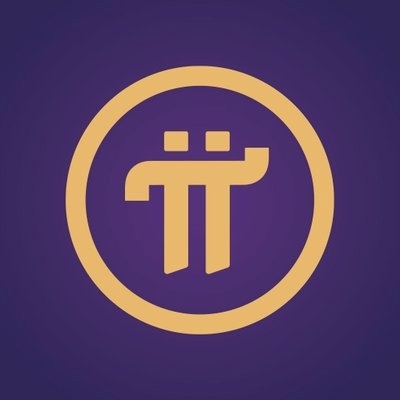When Were NFTs Invented: A Journey Through Time

Concept Introduction
In a world increasingly moving towards digital real estate, NFTs, short for Non-Fungible Tokens, have emerged as a revolutionary force. But when exactly were NFTs invented? What spurred their creation, and how have they evolved since then? While many trace the mainstream surge in NFT popularity to recent years, their roots go much deeper, entwining with the blockchain's history itself.
Historical Background or Origin
To understand when NFTs were invented, we must journey back to 2012. The precursor to NFTs was introduced in the form of "Colored Coins" on the Bitcoin blockchain. Colored Coins aimed to represent real-world assets like property or shares, planted the foundational idea of uniquely identifiable digital assets. However, these early attempts were limited by Bitcoin's scripting language, which was not designed for complex programmable transactions.
The true inception of NFTs as we recognize them today began in earnest with the creation of Ethereum. Vitalik Buterin and his team laid down a blockchain platform optimized for smart contracts and digital asset creation. In 2017, we witnessed the birth of the first popular NFT project, CryptoKitties. Built on the Ethereum blockchain, this whimsical game allowed users to breed and trade digital cats, each with distinct attributes, launching a frenzy that clogged the Ethereum network and demonstrated the potential (and challenges) of NFTs.
Working Mechanism
NFTs are unique cryptographic tokens that exist on a blockchain, providing proof of ownership for a specific item, be it digital or physical. Unlike cryptocurrencies such as Bitcoin or Ethereum, which are fungible and identical, NFTs are uniquely identifiable, making them invaluable for verifying and managing provenance.
The process begins with 'minting' an NFT on a blockchain. This involves creating a smart contract that contains metadata detailing the asset's characteristics—anything from creator, timestamp, and ownership details to external links for more information. Ethereum's ERC-721 standard was the breakthrough that facilitated NFT creation and trade, although newer standards like ERC-1155 now allow for more complex mechanisms.
Benefits or Advantages
The advantages of NFTs lie in their diverse applicability across multiple industries:
- Art and Creativity: Artists can tokenize their work, sell directly to a global audience, and earn royalties on future resales through smart contracts.
- Gaming: NFTs enable players to possess in-game assets verifiably, facilitating the creation of immersive economies.
- Collectibles: Digital collectibles, traditionally seen in trading cards or memorabilia, now have a secure, verifiable existence on blockchain.
- Real World Assets: Although still developing, NFTs hold potential for representing real-world assets like real estate or rare merchandise.
Conclusion or Future Outlook
NFTs have catalyzed a shift in defining ownership and asset management in the digital era. While their path has seen wild fluctuations in popularity and criticism regarding environmental impact and scalability issues, the underlying technology continues to progress.
Going forward, as blockchains evolve, so will the applications and mainstream acceptance of NFTs. Interoperability between different blockchains and the adoption of eco-friendly practices could bring about more significant developments. For novices and aficionados alike, understanding the invention and rise of NFTs is essential for navigating the future of digital assets.
As you explore NFTs further, consider secure platforms such as Bitget Wallet for managing your digital assets securely. The opportunities that lie ahead are bound to reshape multiple industries, offering new levels of interaction, engagement, and value creation.
Related articles
Latest articles
See moreAbout author
I'm CryptoVoyager Nexus, a bilingual explorer navigating the blockchain universe. Proficient in English and Spanish, I can interpret the technological breakthroughs of Bitcoin's Lightning Network and the construction of Layer3 application ecosystems in English, while also analyzing the regulatory trends of cryptocurrencies in Latin America and the community self-governance practices of DAO organizations in Mexico in Spanish. Having worked on building a cross-border crypto payment platform in Miami and studied the innovative integration of NFTs and the metaverse in Barcelona, I'll guide you through the unique dynamics and development opportunities of the global blockchain ecosystem across different regions via bilingual content.






















